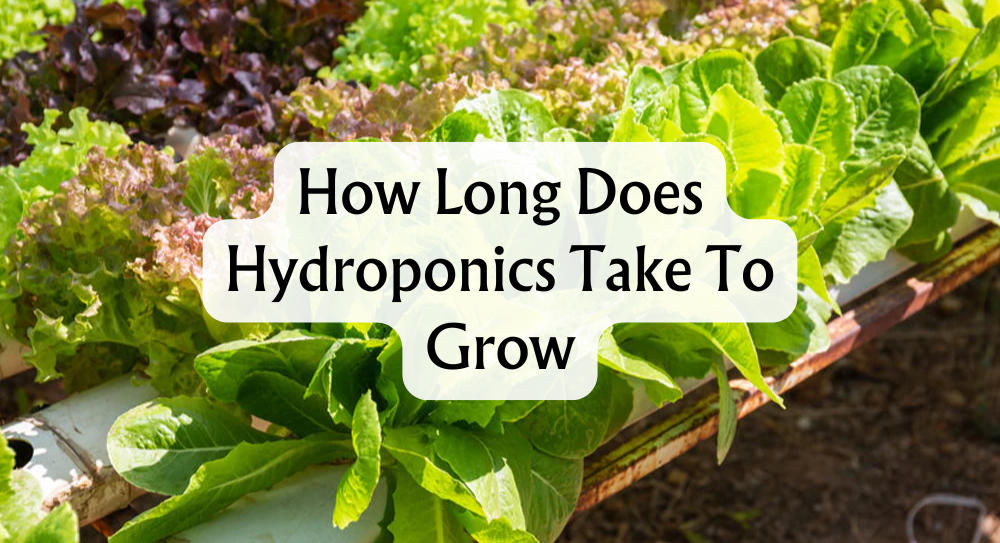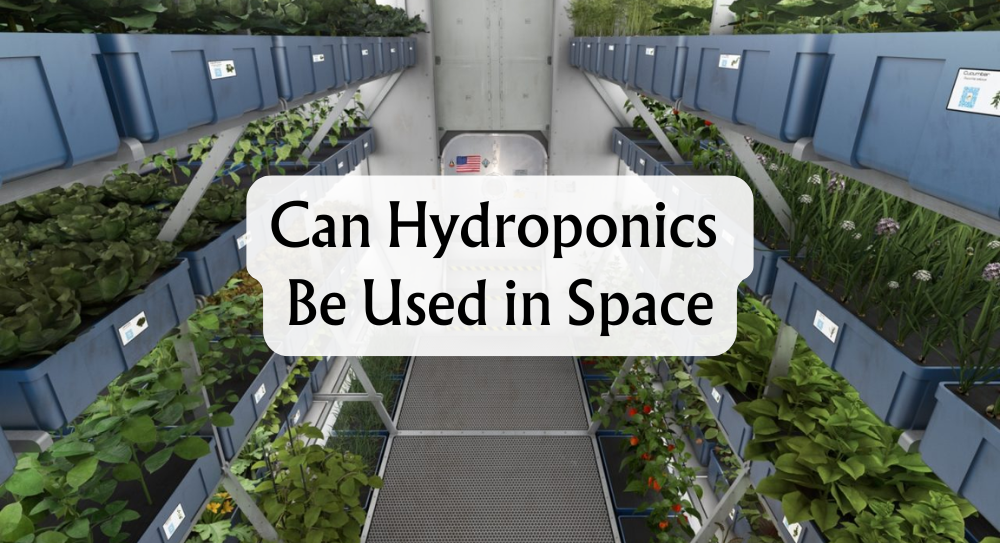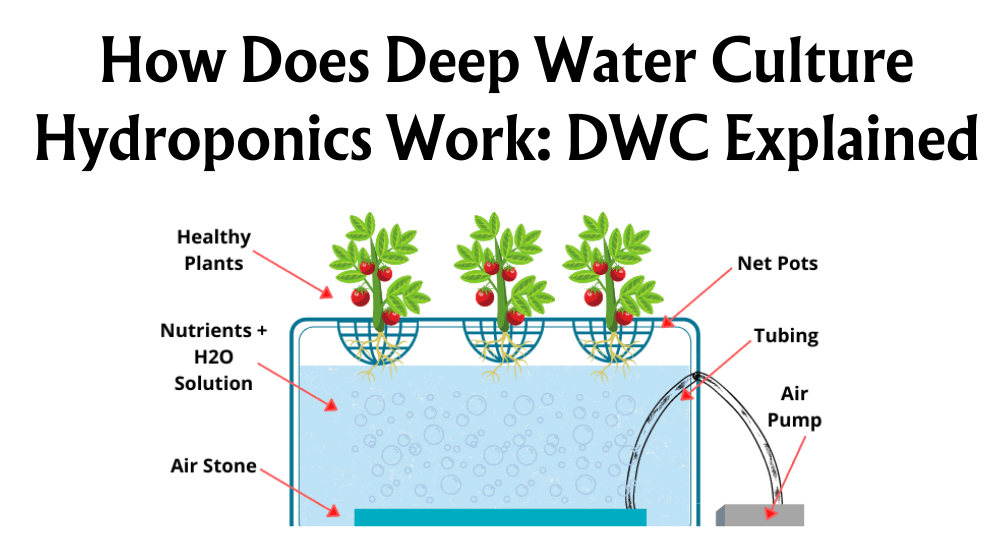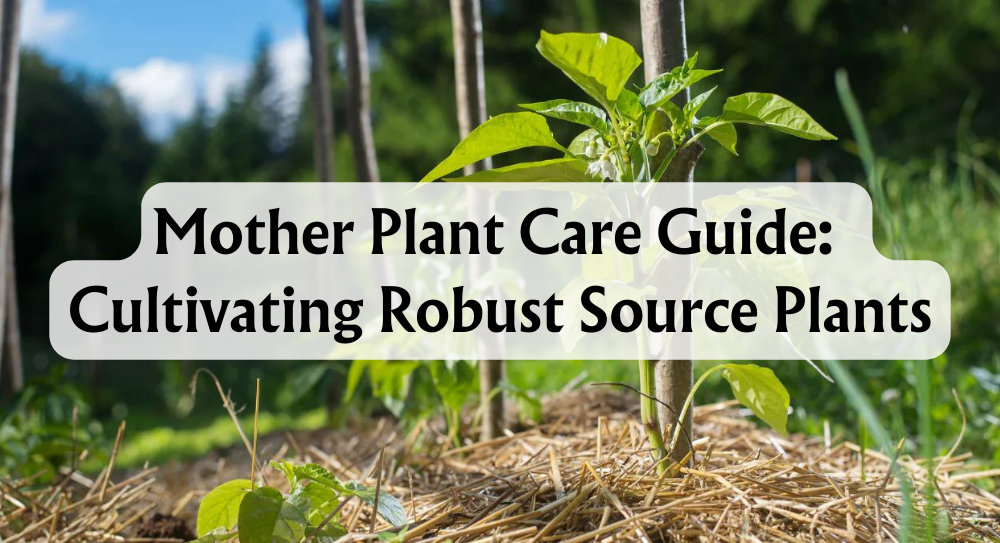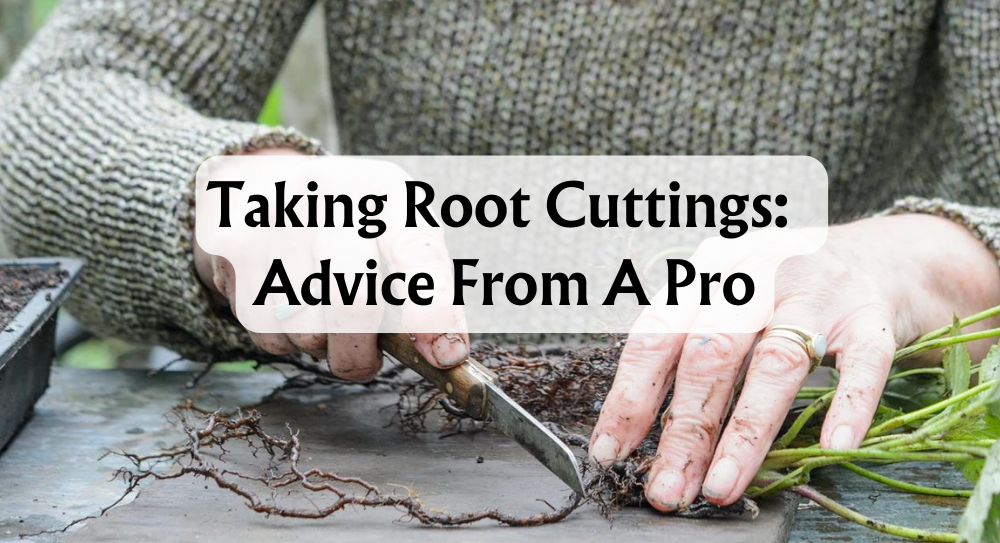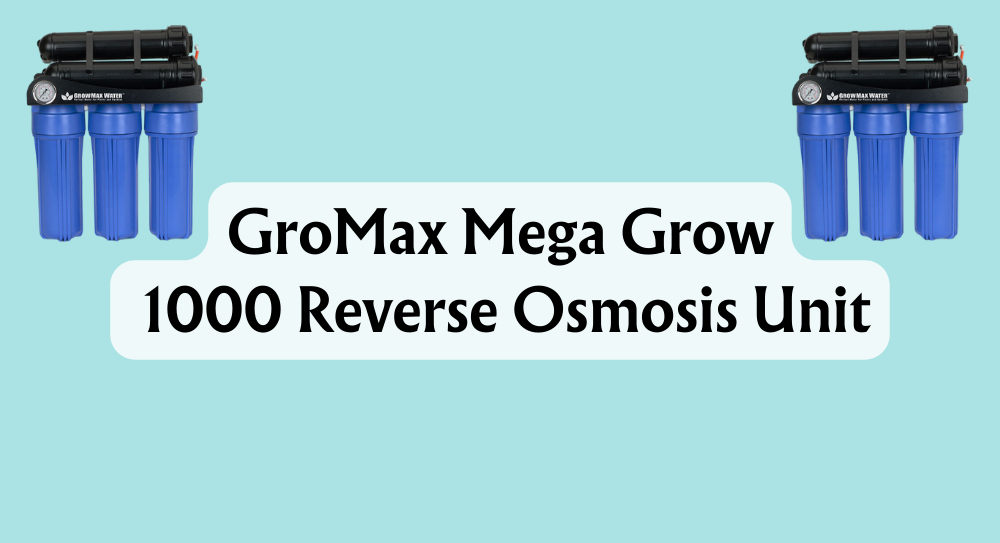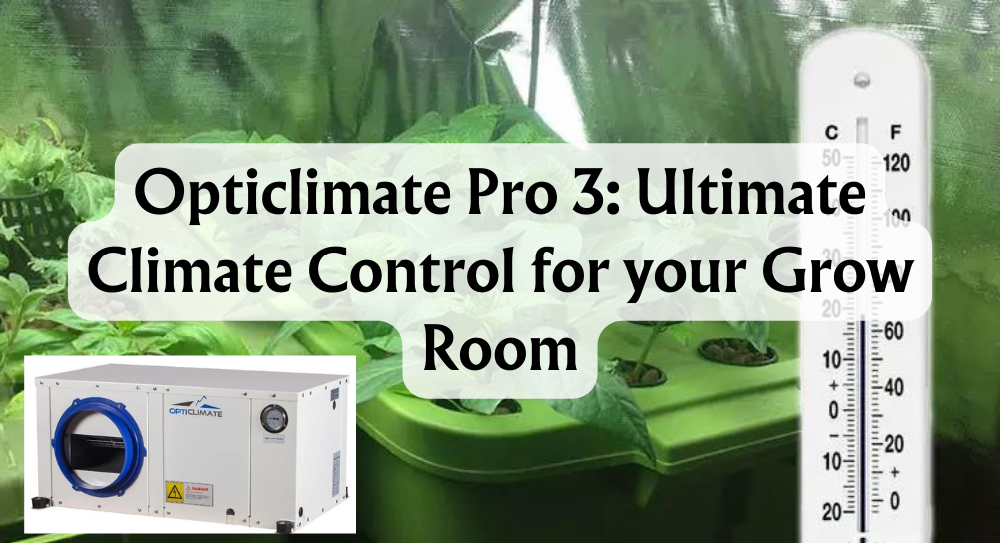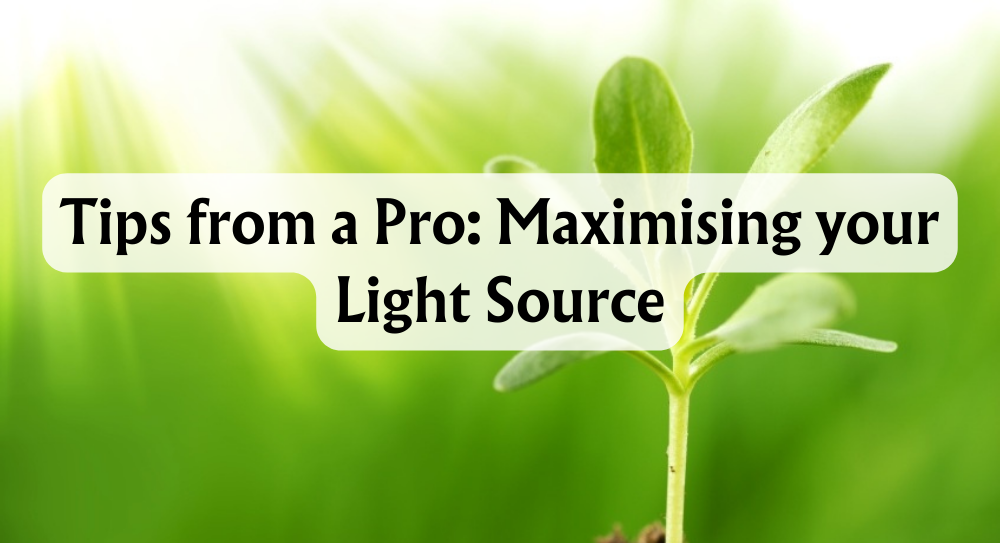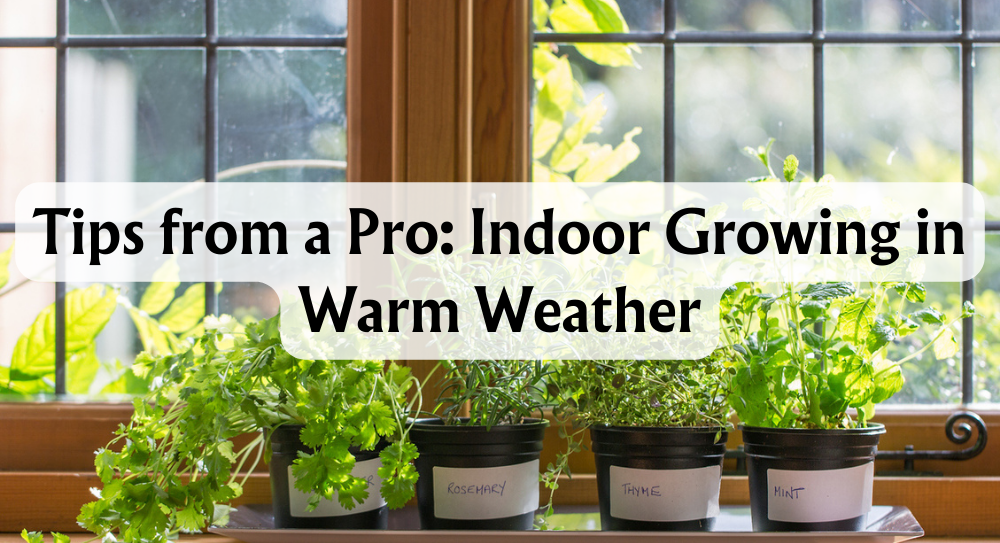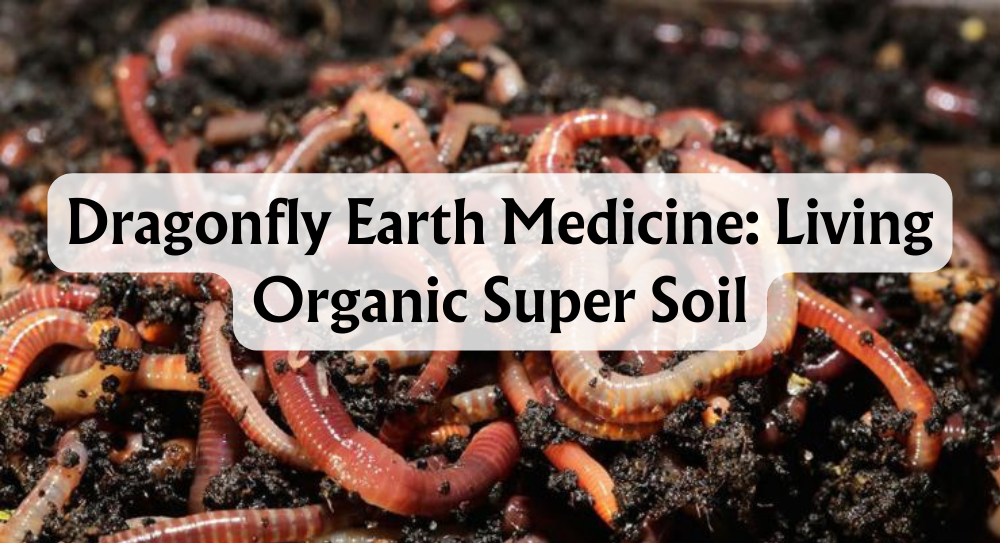If you’re eager to find out how long hydroponics takes to grow plants, you’re not alone. Many of us turn to hydroponics for its reputation of delivering results faster than traditional soil gardening. Most common vegetables like lettuce and kale can reach maturity in hydroponic systems in as little as 30 to 75 days, while fruiting crops such as tomatoes may take up to 90 days.
Of course, it’s not just about the type of plant we’re growing—factors like light, temperature, and nutrients all affect the timeline. Some varieties might even take a bit longer in hydroponics compared to soil, especially during the fruiting stage, but the controlled environment usually keeps things consistent and predictable. Whether we’re growing leafy greens or fruiting vegetables, having a clear idea of the typical cycles helps us plan and get the best results.
Key Takeaways
- Hydroponics often produces crops faster than soil gardening.
- Most vegetables mature in 30–75 days; fruiting plants may take up to 90 days.
- Growth time depends on plant type and environmental conditions.
Hydroponic Plant Growth Timeframes
Hydroponic gardening speeds up plant growth compared to soil methods, but different crops mature at different rates. We can plan our harvests more accurately when we know how long each type takes to reach maturity.

2-3 Weeks
Many herbs thrive in hydroponic systems and are ready for harvest in as little as 2 to 3 weeks. Popular choices include basil, cilantro, and chives. These fast growers do especially well in deep water culture (DWC), nutrient film technique (NFT), and aeroponic systems, where constant access to water and nutrients encourages rapid root and leaf development.
We often notice a fresh batch of herbs within 15–21 days after starting seeds or cuttings. Fast results make herbs ideal for those who want quick yields and frequent harvests from a small space like a home hydroponic setup or greenhouse.
Hydroponic pruning and regular harvesting can further boost regrowth, offering continuous supply for salads, garnishes, or cooking. For busy kitchens or commercial growers, these quick crops are highly efficient.
3-4 Weeks
Leafy greens, especially lettuce varieties such as romaine and butterhead, are classic choices for hydroponic growing and usually mature within 3–4 weeks. Spinach and some Asian greens can join this rapid category, thriving in systems like NFT and DWC.
We start to see salad-ready leaves in under a month, making these crops reliable for those seeking fresh, crisp produce at home or on a commercial scale. Hydroponic environments allow us to grow year-round, ensuring consistent results regardless of season.
Key Features:
- Reaches harvest size in 21–28 days
- Responds well to close spacing and controlled environments
- Popular in both small home setups and large greenhouses
8-10 Weeks
Fruiting vegetables such as tomatoes, peppers, cucumbers, and strawberries take more time to mature in hydroponic systems, with most reaching full harvest size in 8–10 weeks. Although these crops take longer than herbs or greens, their growth is often quicker than in soil thanks to optimal nutrient delivery.
Tomatoes and peppers, for example, benefit from systems like DWC and NFT in greenhouses, which provide support for heavy yields and quick fruit setting. We monitor parameters such as temperature, light, and nutrients closely, as fruiting crops are less forgiving of fluctuations.
Key Points:
- Typical harvest window: 56–70 days
- Requires more attention to environmental control
- Offers higher overall yields with proper care
Hydroponic systems let us enjoy a wide variety of crops year-round, from fast-growing herbs to flavourful, vine-ripened vegetables. By understanding these timeframes, we can stagger plantings for steady harvests all season.
How Long To Veg In Hydroponics
The vegetative stage in hydroponics is all about encouraging healthy root and leaf development to set our plants up for strong, rapid growth. Timing, nutrient management, and environmental conditions directly impact how well our crops establish themselves in these crucial early weeks.
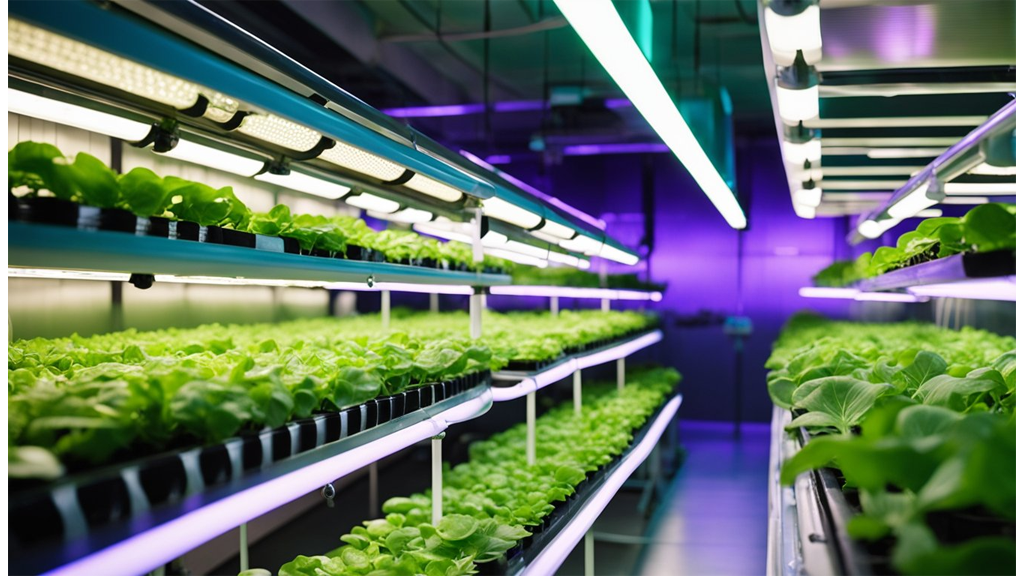
Week One
In the first week, we usually see seeds begin to germinate within 3–10 days, depending on the crop type. Germination is essential, as it gives us those first signs of life and early root development. Lettuce, for example, typically sprouts closer to the 3-day mark, while certain herbs can take up to two weeks.
Once our seeds sprout, we shift our focus to supporting healthy roots. We introduce a mild nutrient solution at this stage—aiming for one-quarter to one-half of the recommended strength for mature plants. This helps avoid any nutrient burn while supplying the roots with what they need.
Key steps in week one:
- Maintain a stable water temperature (18–22°C is ideal).
- Use gentle aeration for oxygen.
- Keep humidity around 50–70% for optimal sprouting.
For reference, here’s a quick look at average germination times:
| Plant Type | Germination Time (Days) |
|---|---|
| Lettuce | 3–5 |
| Tomatoes | 5–10 |
| Herbs | 7–14 |
Week Two
Week two is when our seedlings transition from fragile sprouts to more vigorous young plants. Here, the appearance of true leaves marks a big step forward, letting us know root and leaf growth are on track. True leaves look different from the first (seed) leaves—they’re larger and more functional for photosynthesis.
This week, it’s crucial to maintain consistent, bright light—ideally 14–18 hours per day—to promote photosynthesis and prevent stretching. Temperatures should stay steady, typically between 20–24°C, to encourage rapid leaf growth. We can slightly increase our nutrient solution strength now, but it’s wise to keep monitoring for signs of deficiency or excess.
Let’s remember to:
- Check pH daily (target: 5.5–6.5).
- Monitor for healthy, strong green leaves.
- Ensure the nutrient reservoir has good circulation and no stagnant areas.
By the end of week two, most vegetable seedlings are well on their way, with healthy roots and multiple leaves ready for the next phase of growth.
How Long To Flower In Hydroponics
In hydroponic systems, flowering progression tends to be faster and more predictable than in soil. Exact timing can vary with plant type, but many fruiting and flowering plants follow a clear week-by-week pattern with visual and measurable cues at each stage.
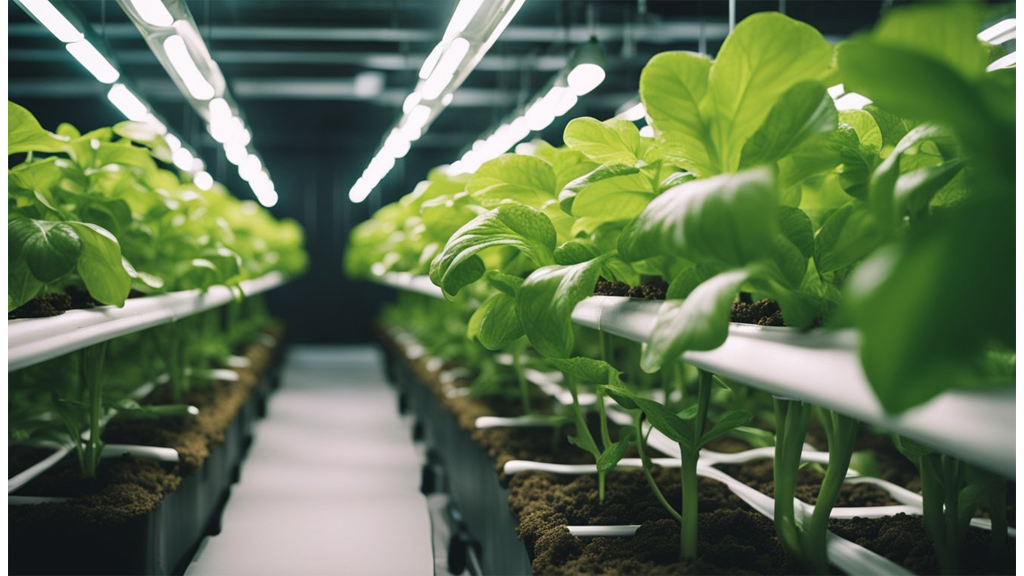
Week One
We start by switching our grow lights to a 12-hour day/night schedule to trigger the flowering phase. This period is known as the transition or “stretch” phase. Plants may show a noticeable increase in vertical growth, sometimes stretching upwards by 25–50% of their original height.
To help them handle this spurt, we adjust our liquid plant food to slightly reduce nitrogen and increase phosphorus. It’s essential that our growing medium—whether rockwool or expanded clay—remains moist but not saturated.
Regularly checking calcium levels is key, as deficiencies can appear quickly during rapid growth. At this stage, we don’t see flowers yet, but we often notice more vigorous growth at the tips and nodes.
Week Two
During week two, the first signs of flower clusters or buds start to emerge in many species. With tomatoes and peppers, for example, we can spot small bud sites forming along the main stems and branches.
This is a good time to monitor our nutrient solution closely. Phosphorus and potassium are particularly important for robust bud formation. If we’re using rockwool, it’s vital to prevent nutrient salt build-up by flushing mildly once this week.
Grow lights should remain at optimal intensity (usually around 600–800 µmol/m²/s for most hydroponic flowering plants). Too much humidity can encourage mould, so we keep relative humidity near 50%.
Week Three
Buds continue to expand and are more visible. We might see a clear outline of the future flower or fruit in each cluster. Some plants, like peppers and chillies, may even show tiny closed blossoms.
During this week, boosting potassium in our liquid plant food is useful. We also ensure the growing medium supports steady moisture without becoming waterlogged.
Calcium uptake becomes more pronounced, so adding a calcium supplement may prevent tip burn or blossom end rot. Grow lights should not be moved too close to avoid stressing the developing flowers.
Week Four
Flowering plants usually start to develop stronger aromas and stickier resin at this stage. For example, tomato flowers release their fragrance, while certain herbs and ornamentals show a noticeable scent and oil production.
We focus on stable pH and EC (electrical conductivity) levels in our nutrient solution. A slight reduction in overall feeding strength may prevent salt stress in sensitive species.
This is a good week for routine inspection—checking both the leaves and buds for pests like spider mites or mildew. Maintaining proper airflow with fans keeps conditions optimal for both growth and disease prevention.
Week Five
By week five, the buds and flowers typically reach a substantial size and are well established. Fruits may also begin to set, with swelling ovaries visible in crops like tomatoes and cucumbers.
We keep monitoring the plants closely for any signs of nutrient deficiency or pest activity. Cal-Mag (calcium-magnesium) supplements continue to support healthy cell structure in flowers and fruits.
Consistent lighting and clean grow conditions are particularly important now. Any disruption in light or nutrients can affect flower density, so we check system timers and pumps daily.
Week Six
The ripening phase begins for many hydroponic crops. We can see colour changes, swelling, or even initial fruit maturation depending on species.
Now, it’s essential to assess the plant for specific maturity indicators:
- Flowers develop pronounced pistils or stigma.
- Fruits take on their final shape and often begin to colour up.
- Aromatic compounds peak, especially in herbs.
We sometimes reduce feeding rates slightly to avoid excess nutrient residues. Monitoring the growing medium for saltiness (especially in rockwool) prevents later quality issues.
Week Seven
As flowers approach full maturity, many growers reduce nutrient strength or start flushing the hydroponic system. This helps to remove unnecessary nutrient build-up so the final product tastes better and stores longer.
We keep a careful eye on the plant’s appearance, looking for signs that it’s truly reaching peak readiness. Petals, pistils, and fruits all show unique maturity markers, and for some crops, this is the final heavy feeding before harvest.
Cleaning filters and refreshing the water in our system is a common task this week to promote optimal conditions in the last phase.
Week Eight
In most hydroponic set-ups, many fast-fruiting and flowering plants are ready for harvest by week eight. We inspect buds and fruits carefully, looking for full colour development and the right firmness or aroma.
Final checks may include:
- Making sure there are no lingering pests.
- Testing pH and TDS (total dissolved solids) of any remaining water.
- Gently reducing grow light intensity for a day or two before harvest, in some cases.
By now, the plant should have fully developed flowers or fruits, and the growing medium—whether rockwool, coco, or another substrate—should be free of excess nutrients to ensure a clean and flavourful yield.
Conclusion
When we look at hydroponics, one thing stands out—speed. Plants in hydroponic systems often germinate and grow much faster compared to soil-based ones. For example, tomatoes can germinate in just 5–10 days and begin fruiting within one to two months. This rapid growth shortens the time from seed to harvest.
We see that yield is another significant factor. By providing direct access to nutrients and optimal water levels, hydroponic setups typically support bigger and healthier harvests. More frequent crop cycles are also possible, which means more produce throughout the year.
Here’s a quick comparison:
| Method | Germination Time | Time to First Harvest | Typical Yield |
|---|---|---|---|
| Hydroponics | 5–10 days | 1–2 months | Higher, more cycles |
| Traditional | Longer | Longer | Variable |
Many factors influence these results, such as plant species, system design, and maintenance. The absence of soil and the constant availability of nutrients lead to both quicker growth and reliable yields.
We can optimise every phase by simply monitoring growth and making timely adjustments. This not only saves us valuable time but also helps maximise our yearly output. Hydroponics gives us more control, enabling us to plan and predict our growing cycles with confidence.







 Store Locator
Store Locator
